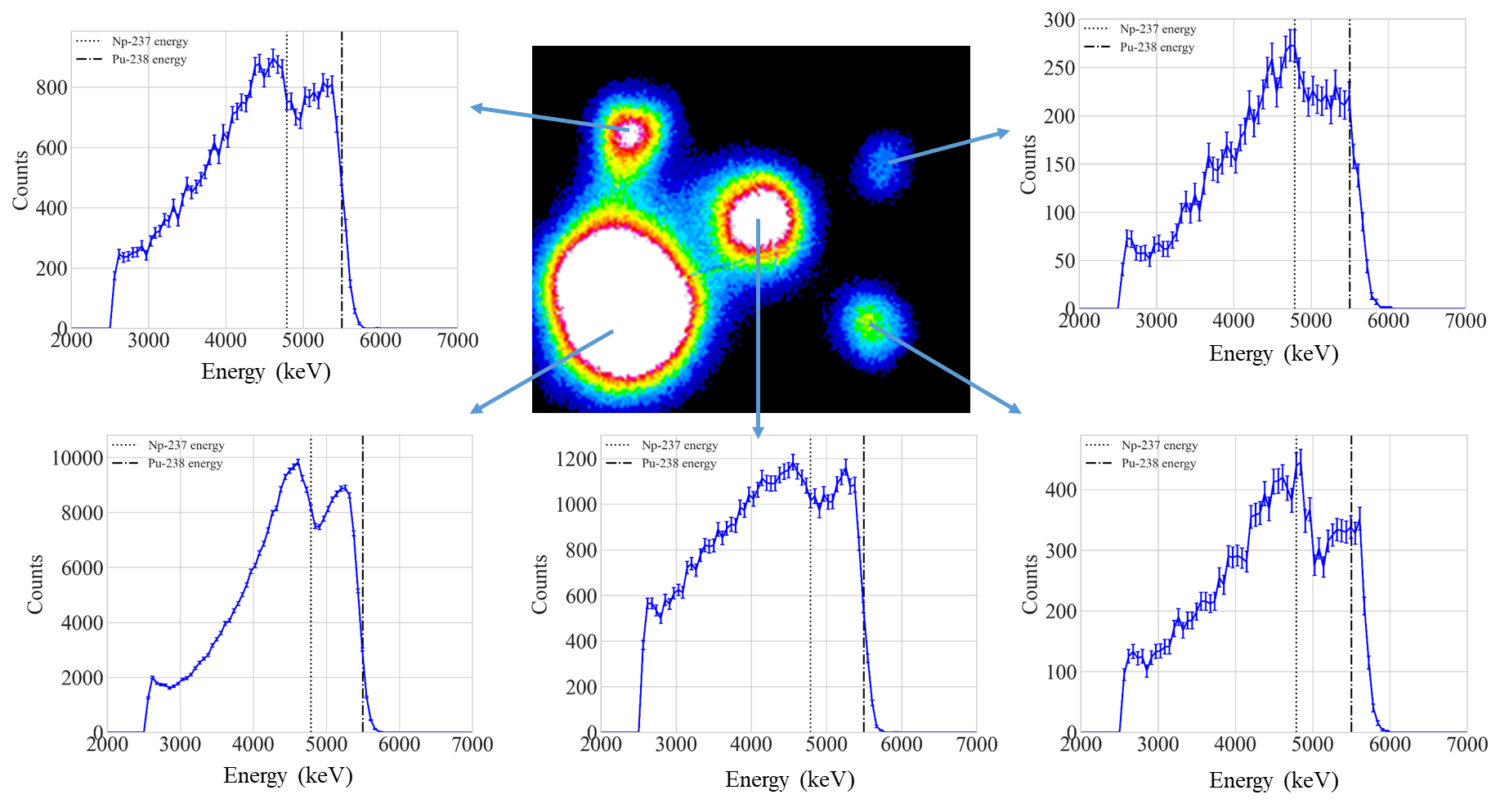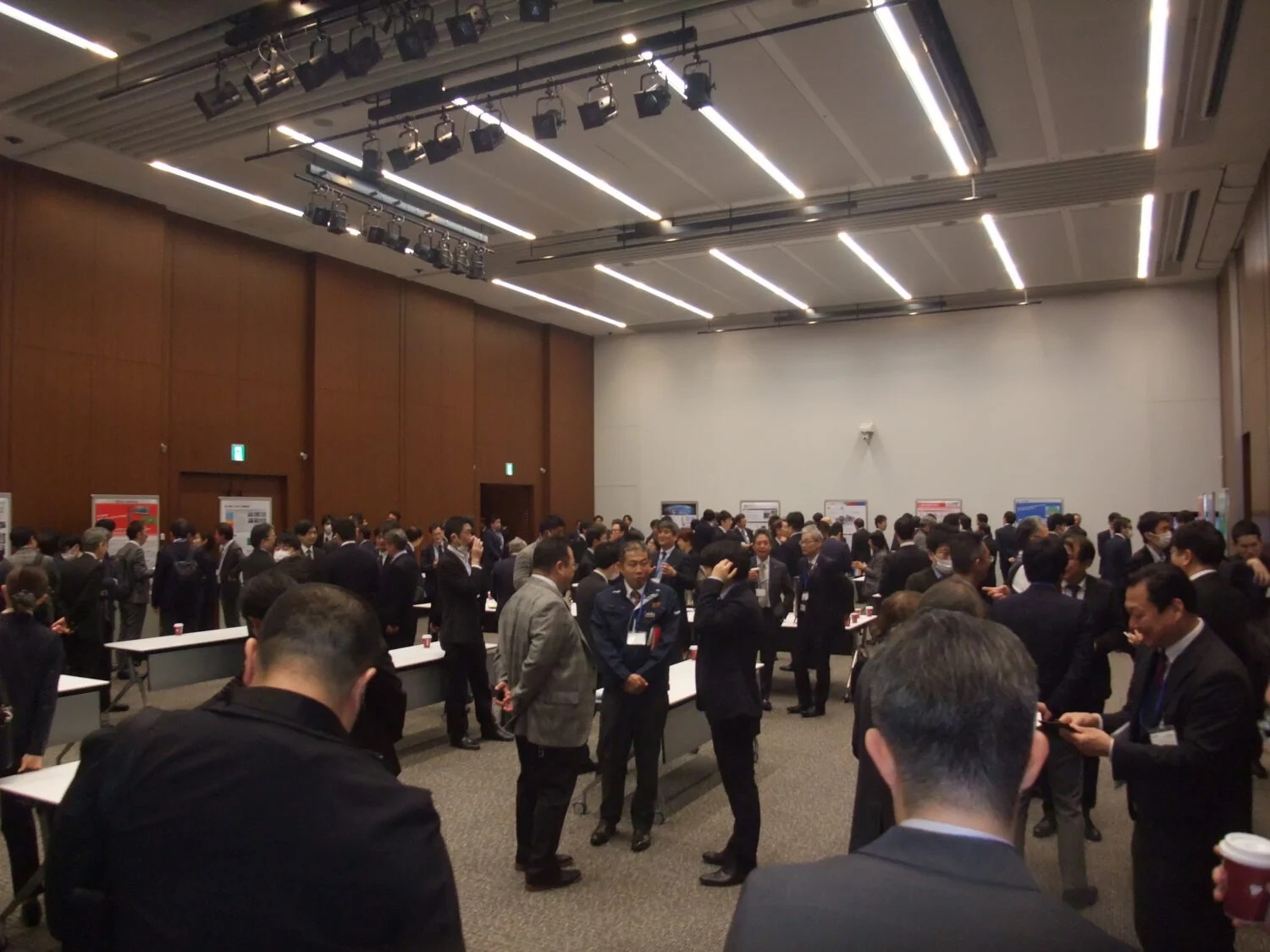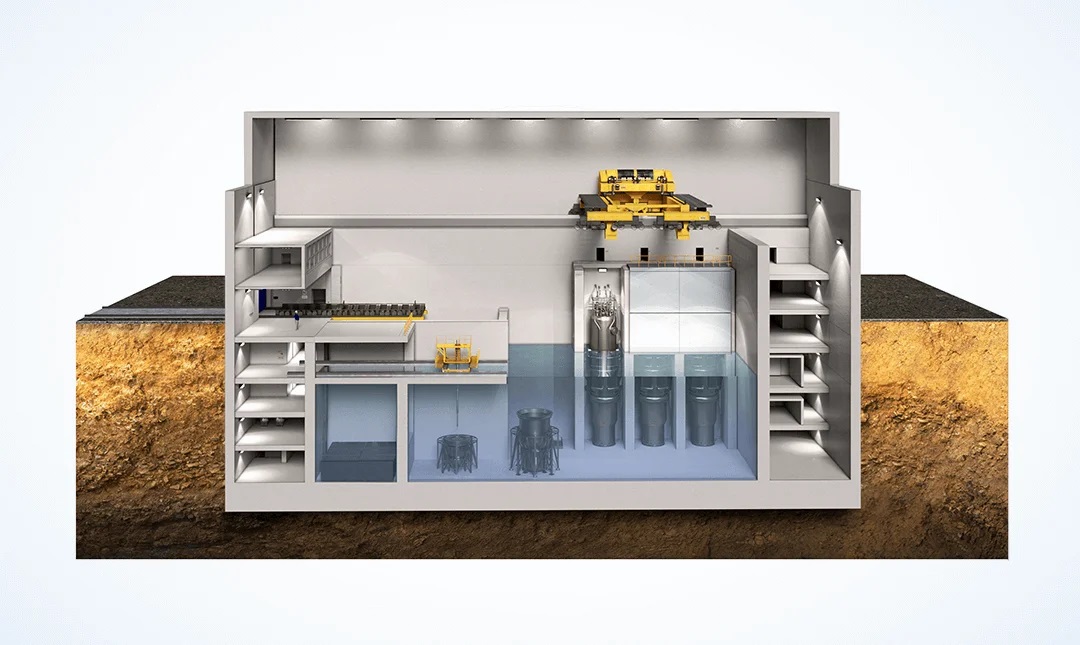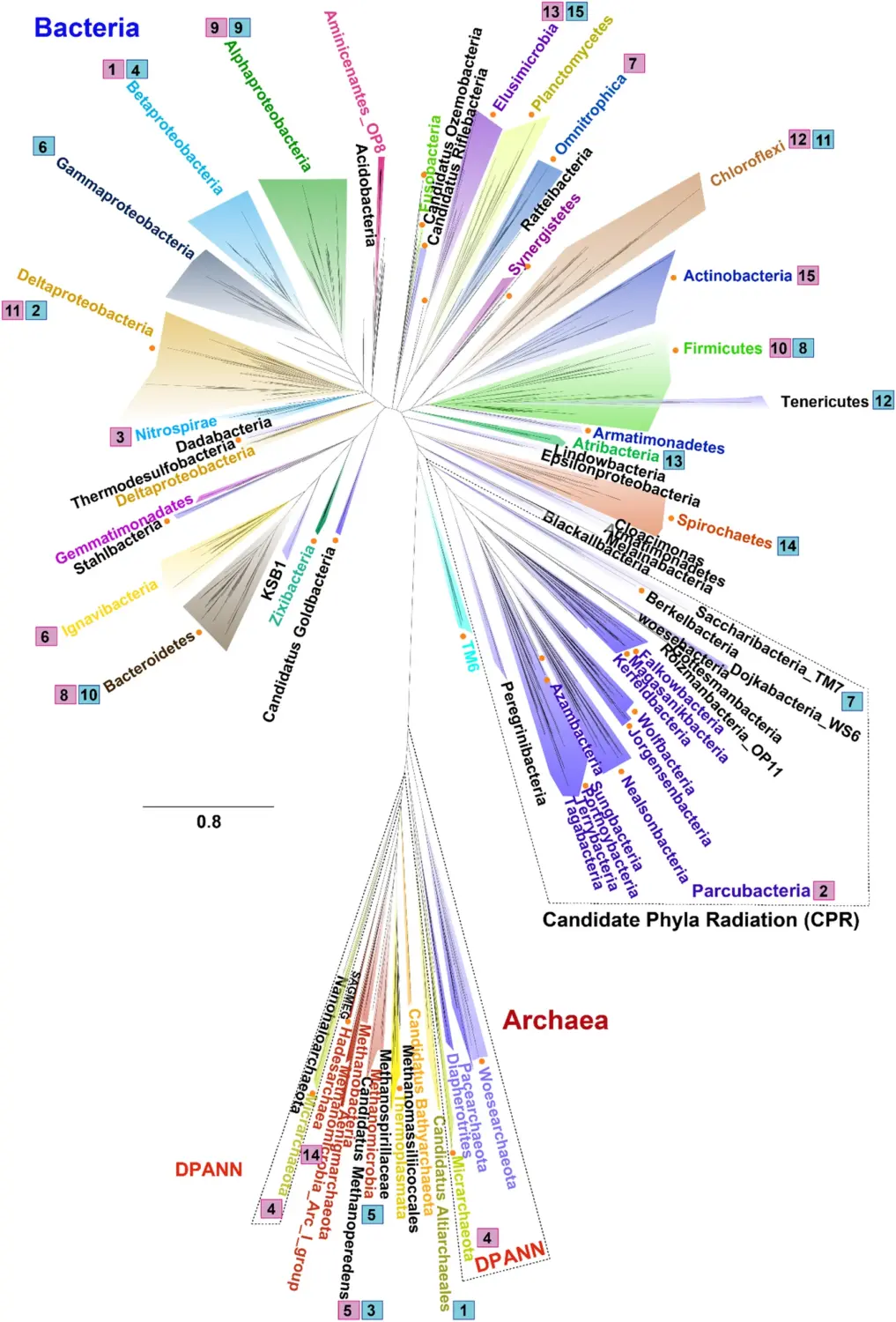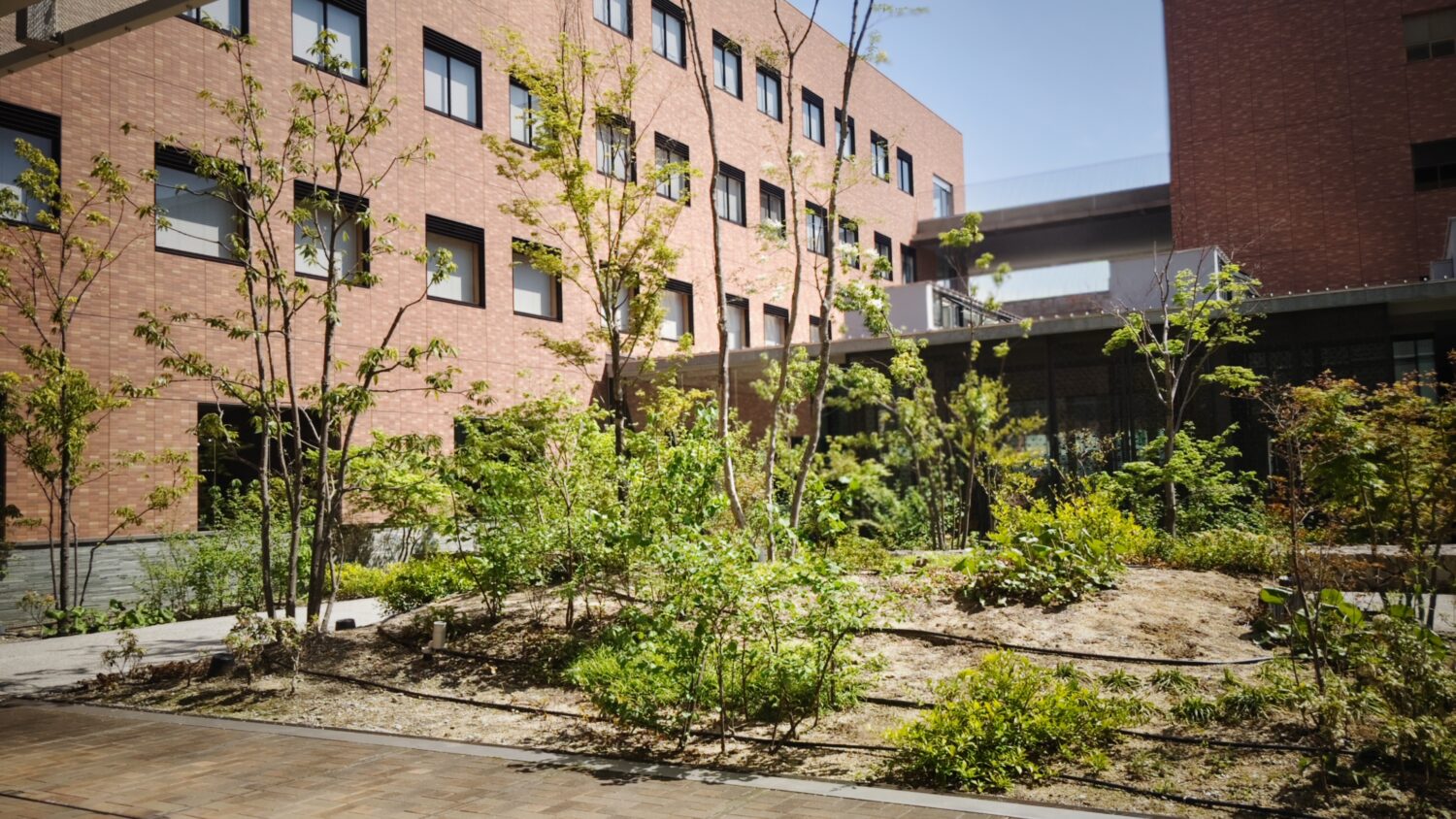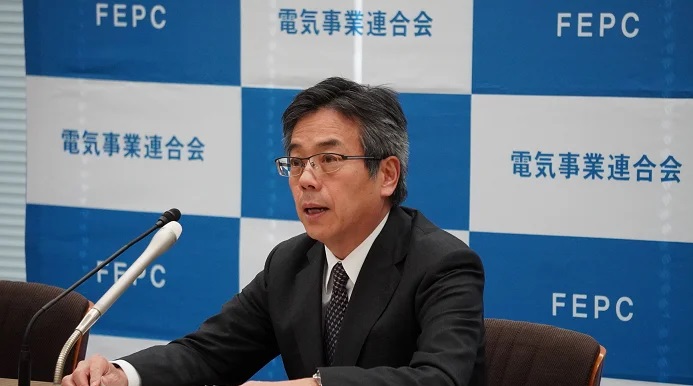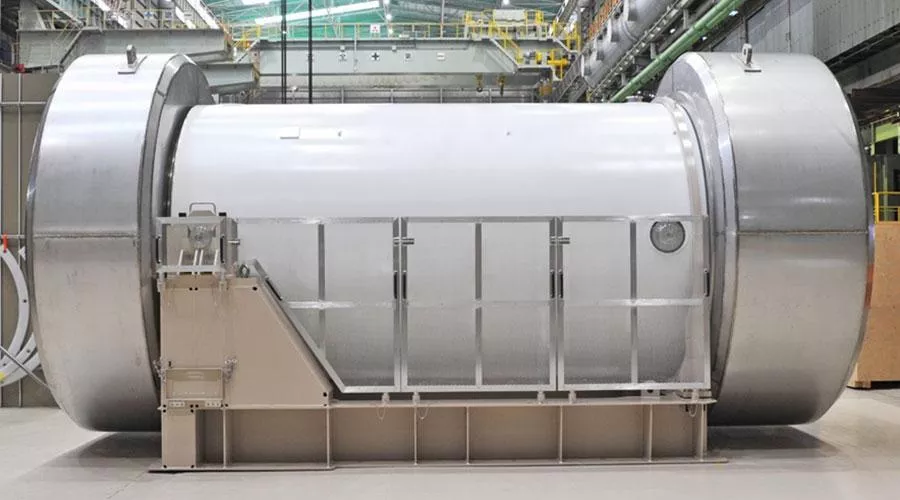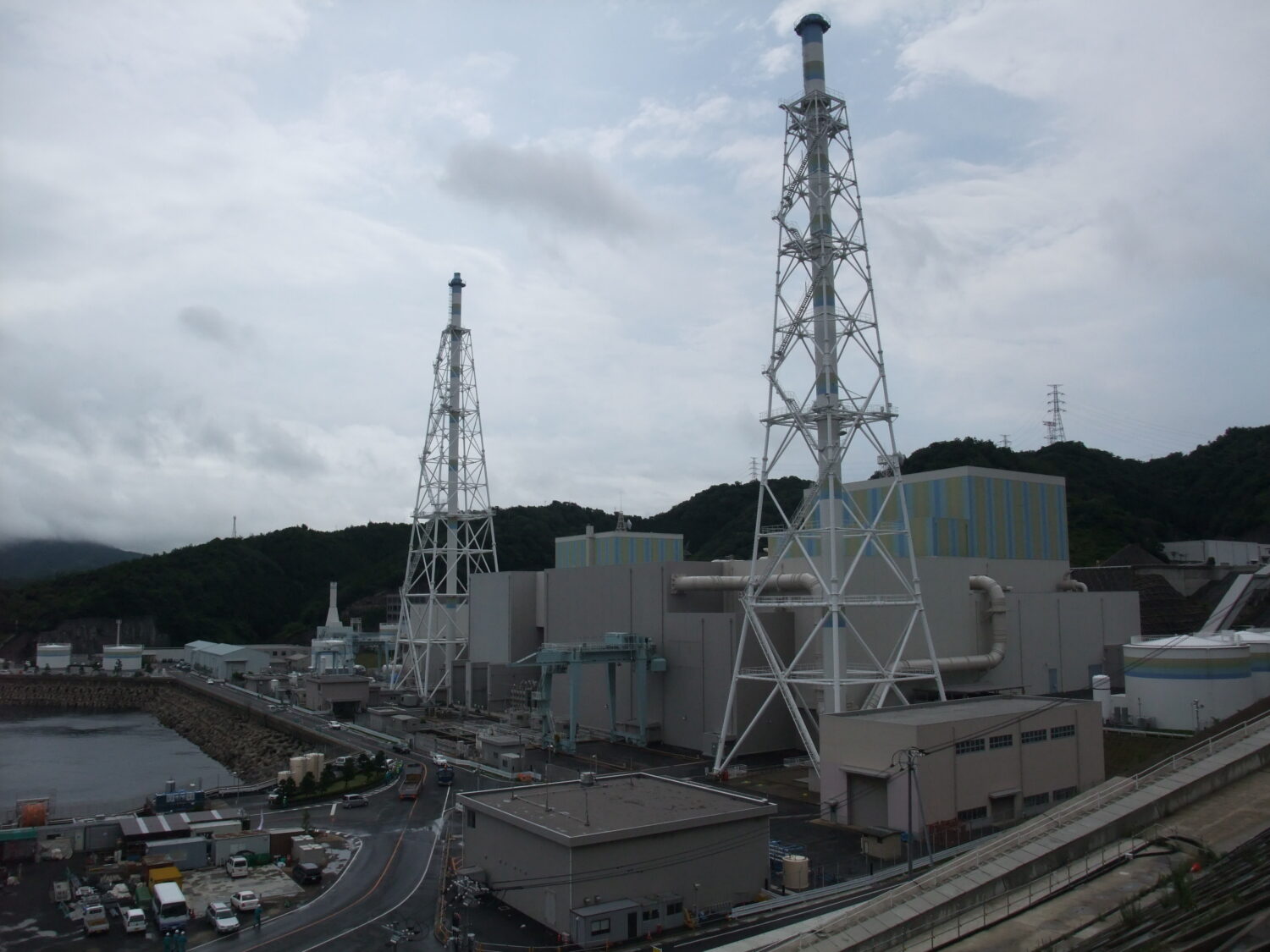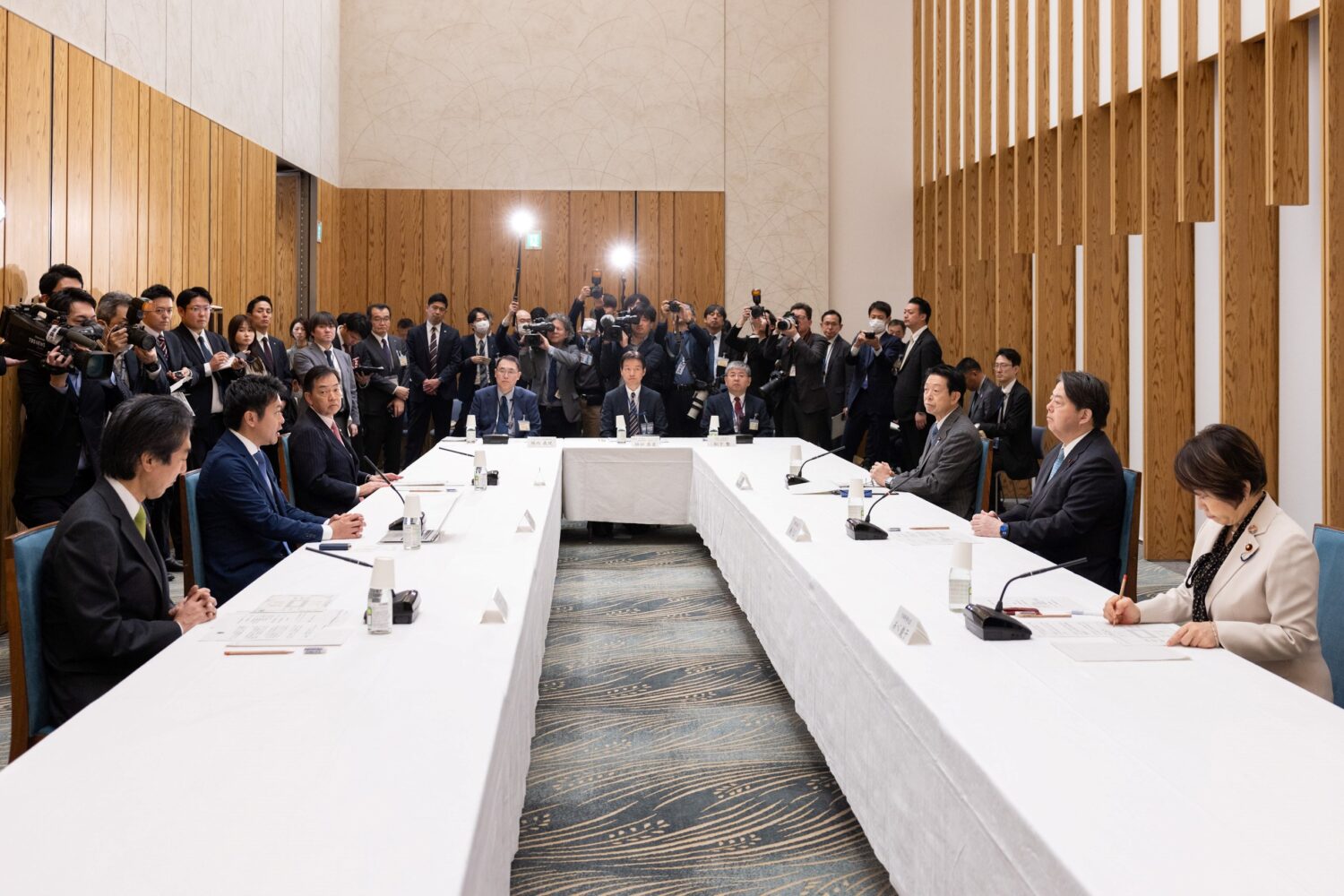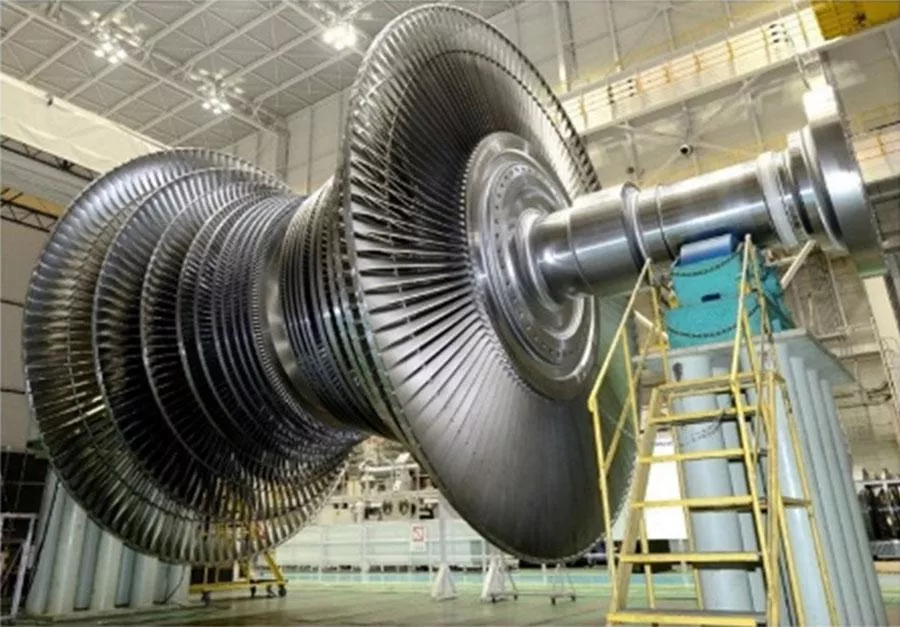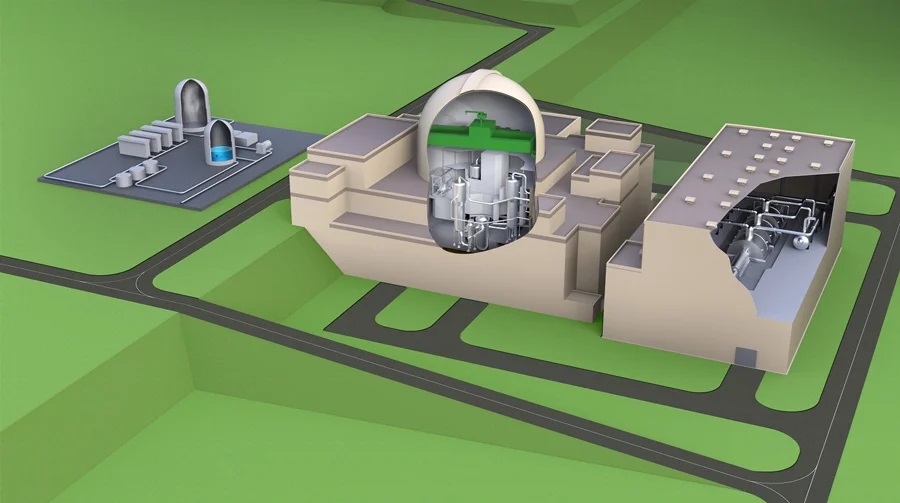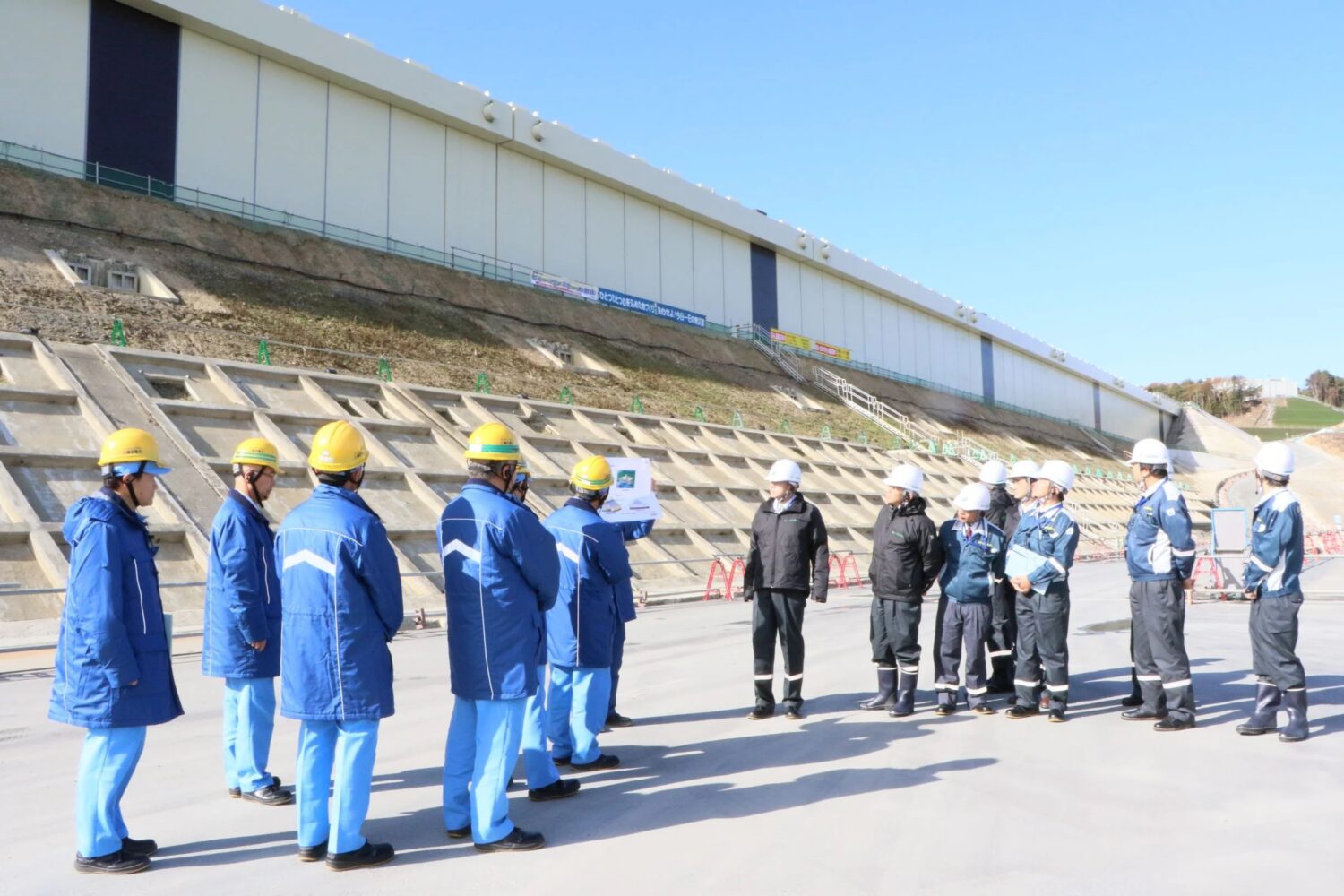It is the second nuclear power plant (NPP) in Japan to remain in service beyond 40 years, following Kansai EP’s Mihama-3, which had been restarted in June 2021 under the new regulatory standards and resumed commercial operation the following month. Takahama-1 is the 11th NPP in Japan to meet the new regulatory standards and resume operation.
On November 14, 1974, Takahama-1 went into service as Japan’s eighth nuclear power plant, and the third owned by Kansai EP, joining its Mihama-1 and -2 units. At present, it is the longest operating domestic commercial reactor. Exactly one year later, on November 14, 1975, Takahama-2 began operation, and, on December 1, 1976, Takahama-3.
In January 2011, operation of Takahama-1 was suspended on account of a periodic inspection. Two months later, the giant March 2011 earthquake and tsunami hit. In March 2015, compatibility examinations were started under the new regulatory standards for Takahama-1, Takahama-2, and Mihama-3. In April 2016, permission was granted to make changes to the reactor installations at Takahama-1 and -2 (equivalent to clearing the examinations). By April 2021, local consent had been obtained to restart both units.
On June 9, 2021, deadlines expired for the installation of facilities at Takahama-1 and -2 required under the new regulatory standards for responding to specific severe accidents. (Such facilities include bunkered emergency control rooms and buildings, termed “specific safety facilities” installation deadlines were five years after the approval of designs and work plans for the main bodies of the plants.)
Ultimately, the specific safety facilities at Takahama-1 began operation on July 14, 2023. The reactor was restarted on July 28 and connected to the grid on August 2.
Just as in the case of Takahama-1, Takahama-2 is set to remain in service beyond 40 years. It will be restarted in mid-September, resume power generation later in the month, and restart commercial operation in mid-October.


-1.png)

